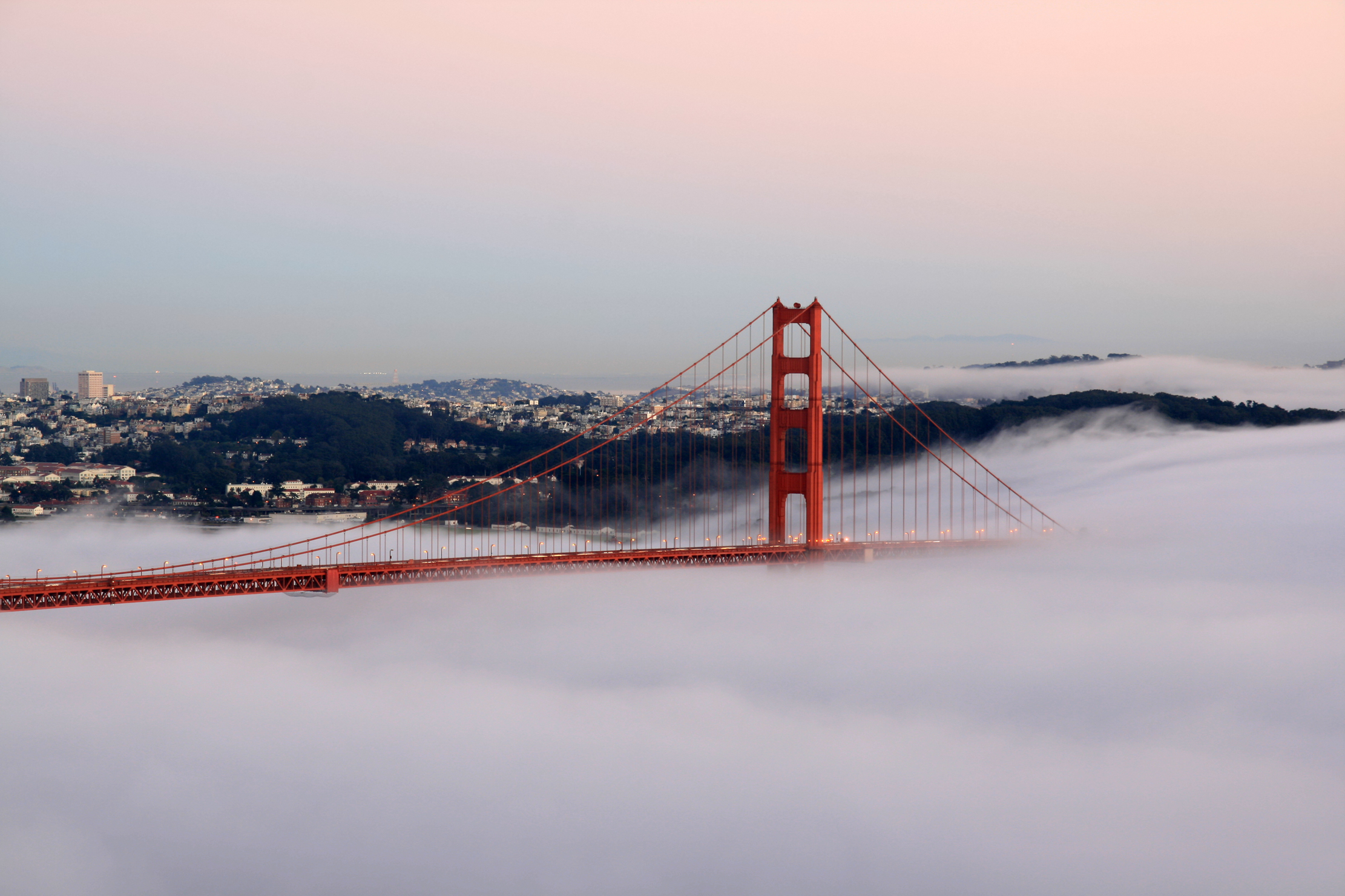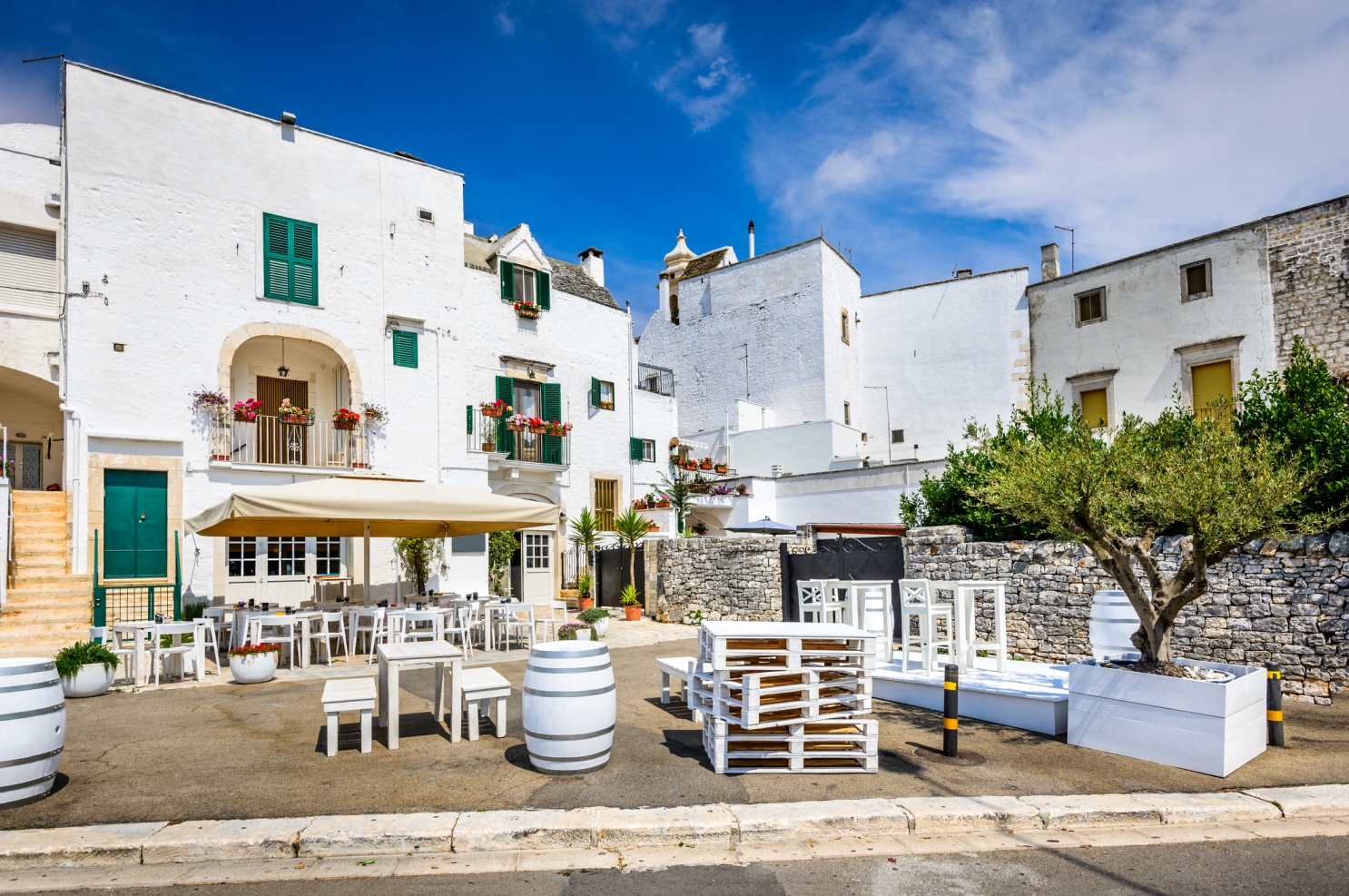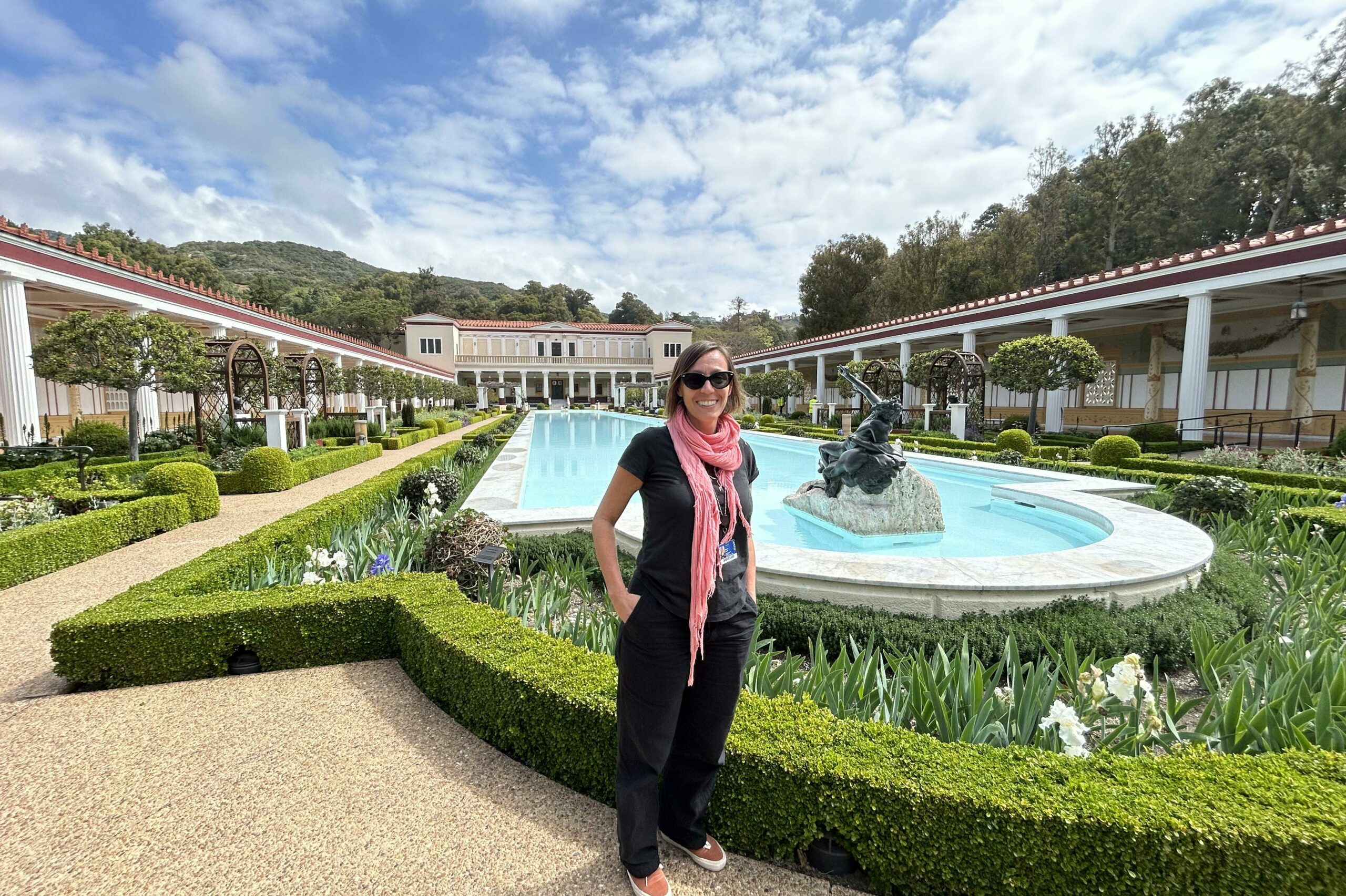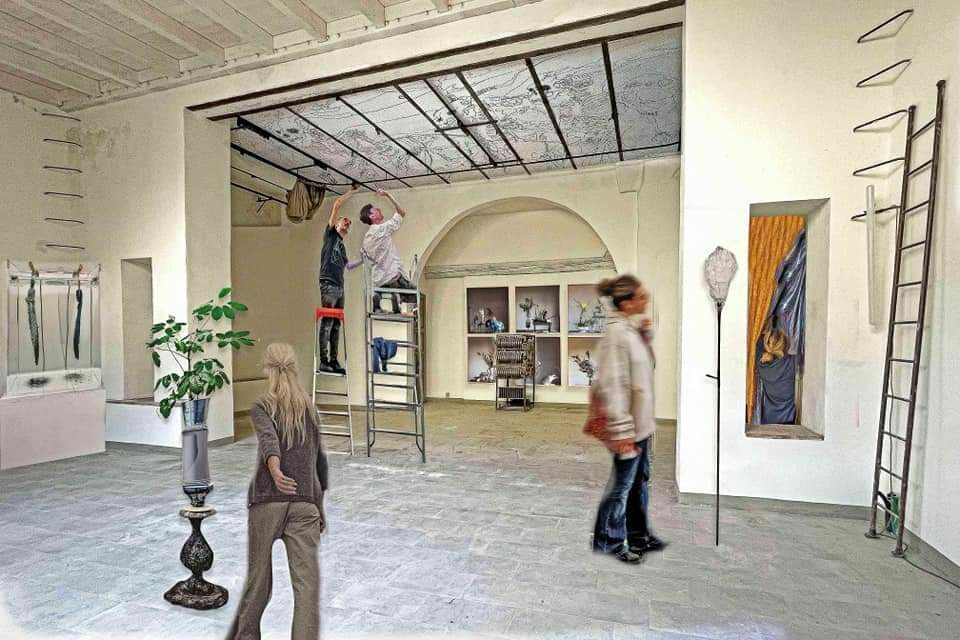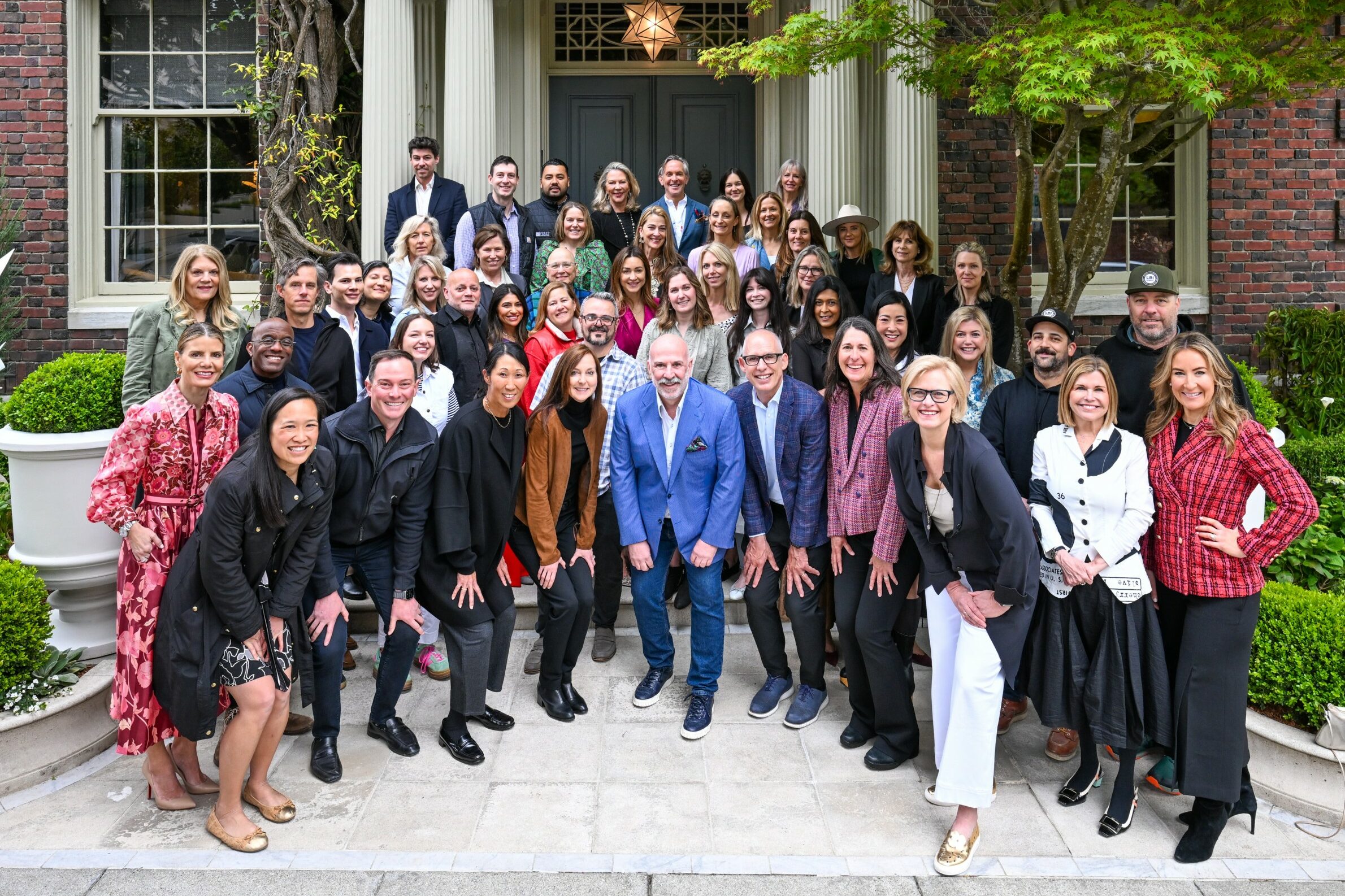The Italian Cultural Institute of San Francisco, in collaboration with the Archivio Cavellini in Brescia and LYNCH THAM in New York City, presented “GUGLIELMO ACHILLE CAVELLINI 1914-2014”, a survey exhibition covering two distinct bodies of Cavellini’s work between 1966 and 1990, curated by Amelia Antonucci.
This centennial exhibition opens officially in the US the series of celebrations dedicated to Cavellini’s life and his achievements, following the 2013 New York preview that was held at LYNCH THAM from September 18 to October 27.
This project takes inspiration from the term “auto-storicizzazione” (self-historicization), that was coined by Cavellini himself in 1971, after he designed sixteen different museum posters each featuring the years “1914-2014” and the date of a solo exhibition celebrating the centennial anniversary of his birth.
The opening reception, that took place in the main gallery of the Italian Cultural Institute, showed a great audience participation both from the Italian and American community.
The influential Italian art collector and mail artist Guglielmo Achille Cavellini, who lived for several years of his life in the Bay Area, is represented by LYNCH THAM gallery in New York City, that specializes in contemporary art, representing historical artists.
The two gallerists Florence Lynch and Bee Tham attended the event.
“The exhibition came about from Amelia’s initial support of Cavellini’s work when it was first presented in New York in 2008. That venue was strongly supported by the ICI, NY. Paolo Barlera came immediately on board with the idea of presenting the work in San Francisco. He felt that the project nicely fell under the institution’s mandate of presenting historical Italian artists to the Italian diaspora in San Francisco and its surrounding suburbs”, told us Florence Lynch.
“Cavellini was really the first artist on our roster as the gallery was practically conceived with the idea of mounting his centennial exhibition! We have been working on a reintroduction of his work for the last two years”, she added.
Her business partner Bee Tham declared: “Our art gallery opened in lower east side, Manhattan on March 2013. We are now more than a year old, and Cavellini was the first of our represented artist from the get go, since the day we opened”.
“Florence and I met in 2010, and in 2011, we were both working together on an independent project for Cavellini in New York”.
On view in this exhibit, that will be on display until next June 8, 2014, are 14 pieces among which are two pivotal series: Crates with Destroyed Works (1966-1970), and From the Page of the Encyclopedia (1973).
Crates with Destroyed Works is a collection of works Cavellini made by destroying the pieces he was creating and subsequently encasing them into crates. These works originated from an internal and emotional source, revealing an attitude brought about by a deep and obsessive self-search.
From the Page of the Encyclopedia is a series of works originating from a theoretical and linguistic code Cavellini invented as a direct consequence of self-historicization. Starting from actual biography, Cavellini expanded his own life story to temporal hyperbolic appropriations. Fabric, objects, clothing and living bodies would become a direct canvas for Cavellini to “paint” his story.
A comprehensive 70-page catalogue printed by Colpa Press is available with essays by Valery Oisteanu, John Held Jr, and Piero Cavellini and forewords by Paolo Barlera, director of the Italian Cultural Institute, and by the exhibition’s curator, Amelia Antonucci.
The 1981 historical performance of Higgins III, who painted Cavellini’s body as a performance piece in red, white and green, the colors of the Italian flag, was used as inspiration for an artistic performance and personal reflection by Luciano Chessa at the opening reception.
A documentary that features Cavellini’s life as an artist, and his interest in and interactions with New York artists such as Andy Warhol, Ray Johnson, Carlo Pittore, Buster Cleveland, and Ed Higgins III, was also on view during the event.
Guglielmo Achille Cavellini was born in Brescia, Italy in 1914. Throughout this hundred years, he has been a historically important artist who gave context to the Italian Experimentation period, and was the first artist to bridge postwar Italian art with American Pop Art, yet with a diverse body of work that defies easy classification.
For a complete photo gallery of the event visit http://ht.ly/vUswo
The exhibition will be on display until June 8, 2014, at Italian Cultural Institute Gallery, 814 Montgomery Street, San Francisco

